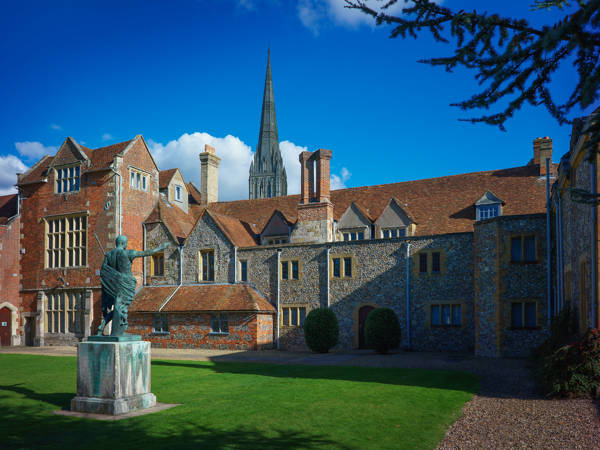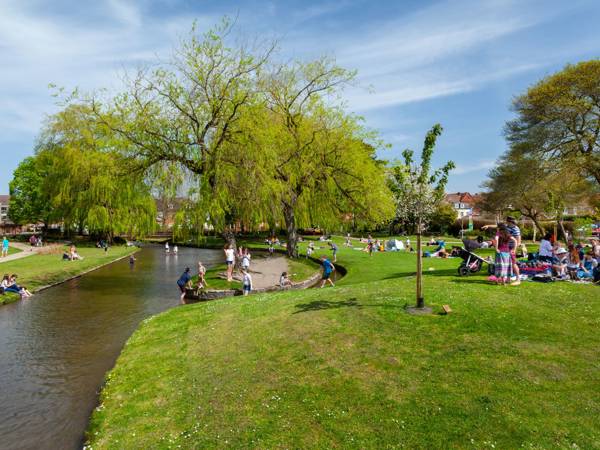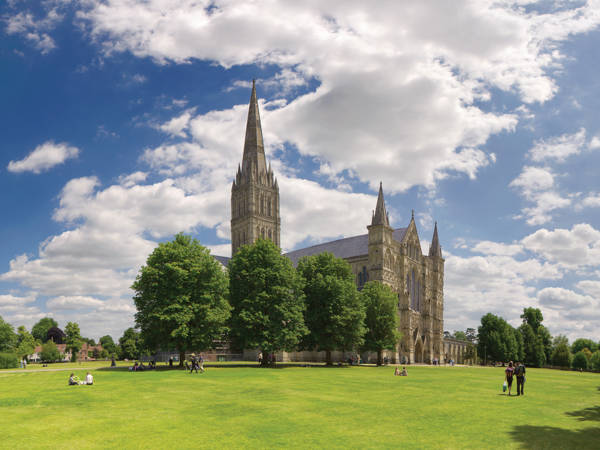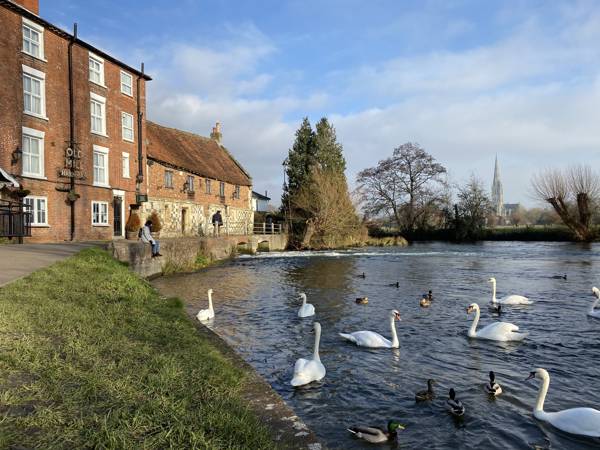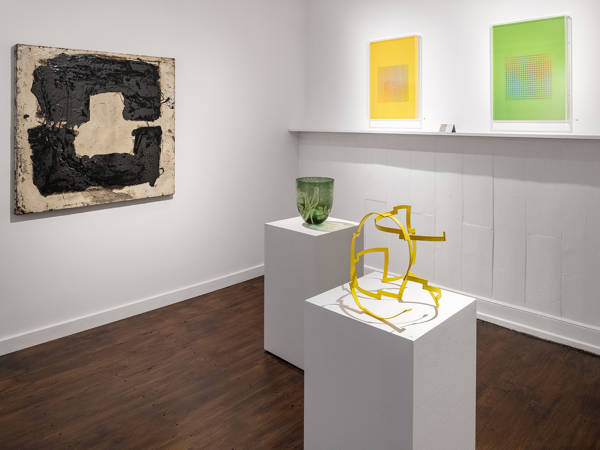Salisbury, the Plague & a sheltering king
In 1348, the whole of Europe was devastated by the pandemic known as ‘The Black Death’ and Salisbury was not immune to its deadly effects.
Although the plague did reach the city many times over the next two centuries, it wasn’t until the 1600s that Salisbury was hit particularly hard.
Much like coronavirus has forced restrictions to movement now, so did the plague back then.
Such was the fear of the disease that drastic regulations were laid down by town councils in an attempt to prevent any spread of infection by contact with the sick, either personally or through goods and merchandise.
In 1604, as part of increased measures to stop the spread, the Bishop of Salisbury signed an order for the strict execution of an Act preventing the movement of ‘rogues’ and ‘vagabonds’. This was said to be 'on account of the increase of the pestilence which was by daily experience found to grow by the wandering up and down the country of idle and loitering vagabonds'.
Complaints were also made of people who refused to remain in their houses although they had been in contact with the infection. Going forward, anyone who was found to have broken these rules would be sent to the house of correction (an institution where vagrants and minor offenders were confined and set to work) for a month.
Another deadly wave of the plague struck Salisbury in 1626. The city was cast into a panic and two-thirds of the people fled. The Mayor of Salisbury, John Ivie, was the only leading dignitary to stay. He did so to organise care for the sick and poor, and to prevent complete lawlessness.
Much as today, those in London sought countryside escape when the plague hit and King Charles II was one of those to decamp to Salisbury.
In 1665, he took up residence in Malmesbury House, in the Cathedral Close. He is thought to have even addressed the people of Salisbury from the projecting oriel window which still overlooks St. John Street and bears his coat of arms.
The King returned to London in February 1666, seven months before the Great Fire would engulf the capital city and bring about the end of the plagues grip on the country.



